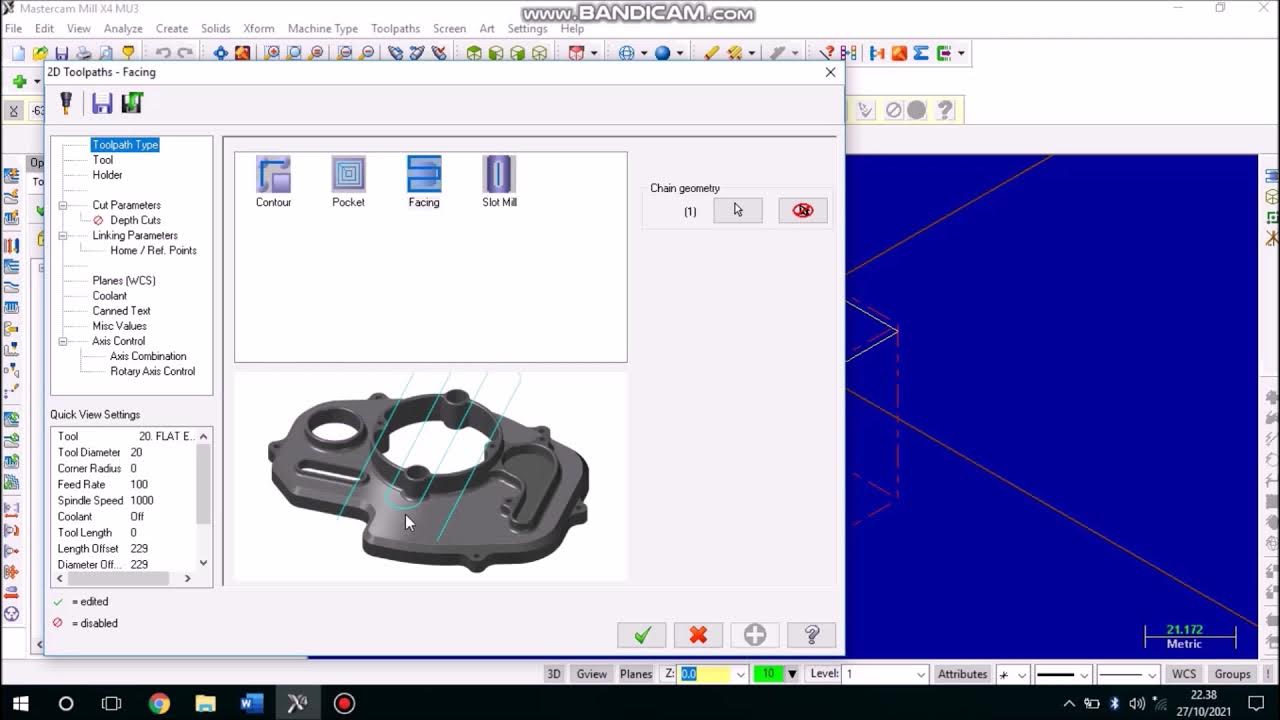Practica 7 Fuente siemtrica DUAL Livewire
Summary
TLDRThis video tutorial walks viewers through the process of building a symmetrical power supply in a simulation tool. Starting with configuring the power supply and selecting the right transformer, the tutorial explains how to use a bridge rectifier and capacitors for filtering the signal. It then covers the setup of a 7805 voltage regulator to ensure stable 5V output. The video also explores how to simulate and test the circuit in the software, showing how to adjust components for higher voltage levels like ±12V. It's an informative guide for anyone interested in electronics and simulation tools.
Takeaways
- 😀 The goal of this practice is to create a symmetric power supply using a simulator.
- 😀 The power supply is designed with a voltage of 80V, simulating the 127V or 125V commonly found in Mexico with a frequency of 60Hz.
- 😀 A transformer with a 10:2 ratio is used to step down the voltage from 127V to 24V, ensuring a 24V output and 12V outputs at the center.
- 😀 A bridge rectifier is used for converting AC to DC, which can either be a pre-made bridge or constructed with four diodes.
- 😀 A filter capacitor is added after the rectifier to stabilize the DC voltage by filtering out fluctuations in the AC signal.
- 😀 The negative output from the bridge rectifier connects to the neutral or central tap of the transformer, and the positive output connects to the positive terminal of the capacitor.
- 😀 A voltage regulator, like the 7805, is used to stabilize the output voltage to a desired level (e.g., 5V) for use in other circuits.
- 😀 An electrolytic capacitor is added to the output side of the voltage regulator to further smooth the DC output.
- 😀 A multimeter is used in the simulation to measure and confirm the correct voltage output at different stages of the power supply.
- 😀 The design is flexible, and other voltage regulators like the 7812 (12V) can be used to output different regulated voltages, such as ±12V for specific applications.
- 😀 The design is fully simulated using a network simulator, allowing for testing and verification without physical components.
Q & A
What is the main purpose of the practice described in the script?
-The main purpose is to build and simulate a symmetric power supply, specifically a 5V and -5V source using components like a transformer, diodes, capacitors, and voltage regulators.
What type of transformer is used in the circuit?
-A transformer with a conversion ratio of 10:2 is used, providing 127V to 24V output, ensuring the desired 24V output is achieved.
What is the significance of the 7805 voltage regulator in the circuit?
-The 7805 voltage regulator is used to provide a stable 5V output from the 24V input, ensuring the voltage is regulated and suitable for powering other components.
Why is an electrolytic capacitor used in the circuit?
-The electrolytic capacitor is used to filter the AC signal, stabilizing the output voltage by smoothing out any fluctuations in the signal.
How is the rectification of the AC signal achieved?
-Rectification is achieved by using a diode bridge, where four diodes are arranged to convert the AC voltage into a DC voltage. A bridge rectifier or individual diodes can be used for this purpose.
What is the role of the ground in this power supply circuit?
-The ground (or 'earth') in the circuit acts as the reference point for all other voltages. It helps to complete the circuit and provides a stable reference for the negative voltage output.
What would happen if a larger capacitor was used in the circuit?
-A larger capacitor, such as 2200µF or 4700µF, would provide better filtering, reducing ripple and stabilizing the output voltage more effectively.
What adjustments can be made to increase the output voltage of the power supply?
-To increase the output voltage, the user can change the voltage regulator, such as replacing the 7805 with a 7812 or 7912, which would provide a 12V or -12V output, respectively.
How does the multimeter help in the simulation process?
-The multimeter is used to measure and verify the output voltage at different points in the circuit, ensuring that the desired voltage levels are achieved.
Why is it important to connect the positive and negative components correctly in the circuit?
-Correctly connecting the positive and negative components is crucial for the proper operation of the circuit. Reversed connections could lead to incorrect voltage levels, malfunction, or damage to the components.
Outlines

このセクションは有料ユーザー限定です。 アクセスするには、アップグレードをお願いします。
今すぐアップグレードMindmap

このセクションは有料ユーザー限定です。 アクセスするには、アップグレードをお願いします。
今すぐアップグレードKeywords

このセクションは有料ユーザー限定です。 アクセスするには、アップグレードをお願いします。
今すぐアップグレードHighlights

このセクションは有料ユーザー限定です。 アクセスするには、アップグレードをお願いします。
今すぐアップグレードTranscripts

このセクションは有料ユーザー限定です。 アクセスするには、アップグレードをお願いします。
今すぐアップグレード関連動画をさらに表示

Cisco Packet Tracer | Everything You Need to Know

CARA MEMBUAT LOGO SEGI 5 BENTUK KUBAH DI CORELDRAW TERBARU || DIKMEDIATECH PROJECT

Job Facing Master CAM Mill

Getting Started in Cisco Packet Tracer - 2023

How to Design Load Frequency Control using Simulink ? | Dr. J. A. Laghari

Cara Merakit Komputer Dari Awal Sampai Akhir Menggunakan Cisco IT Essentials Virtual Desktop
5.0 / 5 (0 votes)
